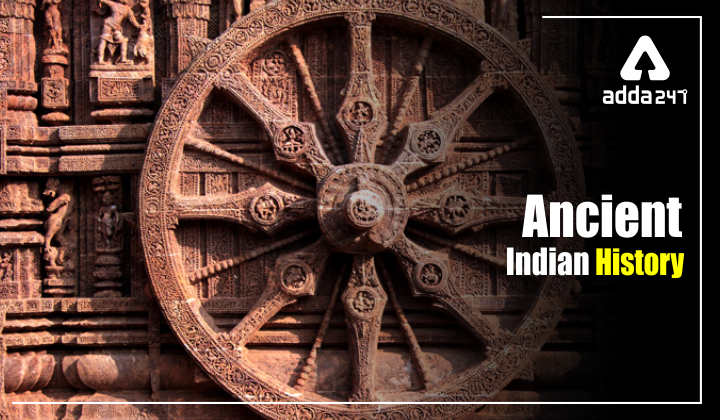Evaluate the literary sources in the reconstruction of ancient Indian History.
Evaluating Literary Sources in the Reconstruction of Ancient Indian History
Introduction:
Ancient Indian history is a fascinating subject that provides insights into the rich cultural heritage of the Indian subcontinent. As historians delve into the past, they heavily rely on literary sources to reconstruct and understand this ancient civilization. However, the evaluation of these sources is crucial to ensure accuracy and reliability. In this blog post, we will explore the complexities, intricacies, and various facets involved in evaluating the literary sources of ancient Indian history.
The Significance of Literary Sources
Literary sources play a vital role in understanding ancient Indian history as they provide first-hand accounts, narratives, and perspectives of the people who lived during that time. These sources include religious texts, epics, inscriptions, chronicles, and manuscripts. Evaluating these sources requires a careful analysis of their authenticity, credibility, biases, and historical context.
Evaluating Authenticity and Credibility
When evaluating literary sources, historians must determine their authenticity and credibility. This involves examining the manuscript's age, authorship, and historical context. For example, texts written closer to the time period under study are generally considered more authentic. Additionally, assessing the reputation and qualifications of the author contributes to the credibility of the source.
Unraveling Biases in Literary Sources
Literary sources often reflect the biases of the authors and the society in which they were produced. It is crucial for historians to identify these biases to avoid distorted interpretations of history. Through a close reading of the text and comparative analysis with other sources, historians can gain a deeper understanding of potential biases and their implications on the reconstruction of ancient Indian history.
Statistical Data in Literary Sources
While literary sources primarily consist of narratives and accounts, they may also contain statistical data that provides valuable insights into ancient Indian society. Statistical information such as population figures, economic indicators, and social structures can enhance our understanding of the historical context. However, it is important to critically evaluate the reliability and accuracy of such data before using it for historical analysis.

Frequently Asked Questions
Q: How do historians determine the authenticity of ancient manuscripts?
A: Historians employ various techniques such as paleography, carbon dating, linguistic analysis, and cross-referencing with other sources to determine the authenticity of ancient manuscripts. These methods help establish the age and provenance of the texts.
Q: Can religious texts be considered reliable historical sources?
A: Religious texts can provide valuable information about ancient Indian history. However, historians need to approach them critically, considering their religious agenda and potential embellishments. Corroborating the information with other sources is essential to establish historical validity.
Q: How do historians deal with conflicting accounts in literary sources?
A: Conflicting accounts in literary sources are common and highlight the challenges faced by historians. To address this, historians analyze the context, biases, and motivations behind conflicting narratives. They also consider archaeological evidence and cross-referencing with other sources to arrive at a more comprehensive understanding of the historical events.
Conclusion
Evaluating the literary sources in the reconstruction of ancient Indian history requires a meticulous examination of authenticity, credibility, biases, and statistical data. It is through this rigorous evaluation that historians can uncover the truth and gain a deeper understanding of the ancient Indian civilization. By critically analyzing these sources, we can piece together the puzzle of the past and appreciate the remarkable legacy left by our ancestors.

